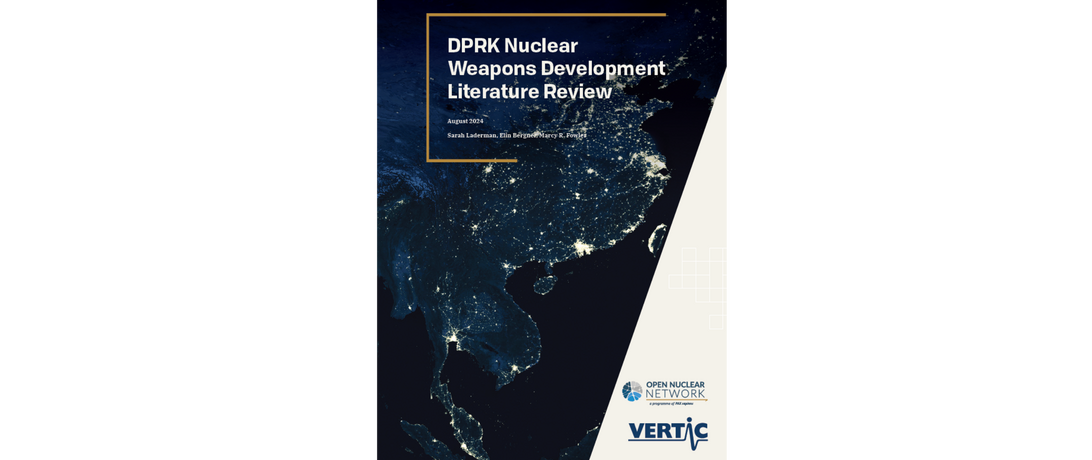Key Takeaways
A significant conclusion drawn from this literature review is that there is a scarcity of independent assessments regarding the DPRK’s stockpiles of weapons-grade Pu, HEU and nuclear weapons. A large amount of open-source information (analysis, reporting, assessments) on the DPRK’s nuclear weapons programme thus draws from a small number of truly independent analyses.
Estimates of Pu stockpiles are largely harmonious due both to information made previously available to the International Atomic Energy Agency and the ability of the international community to remotely monitor reactor operations and therefore estimate Pu production. However, estimated amounts of HEU and nuclear weapons using HEU vary significantly, likely in large part due to the relative scarcity of data. This lack of information may have a major impact on the ability of foreign nations to understand and develop strategies related to the DPRK’s nuclear weapons programme.
Notably, there are differences in the literature in the level of transparency of the underlying assumptions for each assessment, occasionally impacting the understandability of the data, its credibility and the ability to compare the information with other open-source data.
Moving forward, the community could work to address current gaps in the literature, including those related to:
Additional nuclear weapons development relevant capabilities, such as:
- Lithium, tritium and beryllium;
- High-explosives manufacturing and testing;
- Modelling and simulation capabilities; and
- Potential foreign assistance.
Specific nuclear strategy considerations, such as:
- Targeting;
- Interoperability;
- Gas boosting; and
- Tactical weapons use.
Ultimately, despite information restrictions, the expert community and civil society have demonstrated an impressive ability to conduct rigorous, open-source assessments on the DPRK’s nuclear weapons programme. By working to fill the identified remaining knowledge gaps, we can continue deepening and broadening the knowledge of the field, enhancing the international community’s ability to respond to challenges posed by the DPRK’s nuclear programme, ultimately contributing to the reduction of global nuclear risk.
